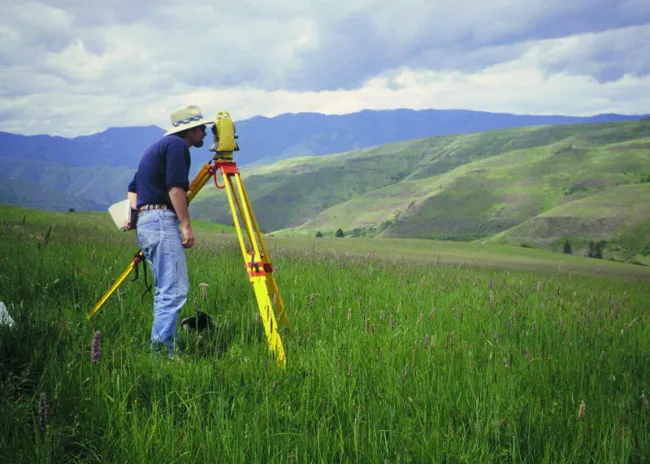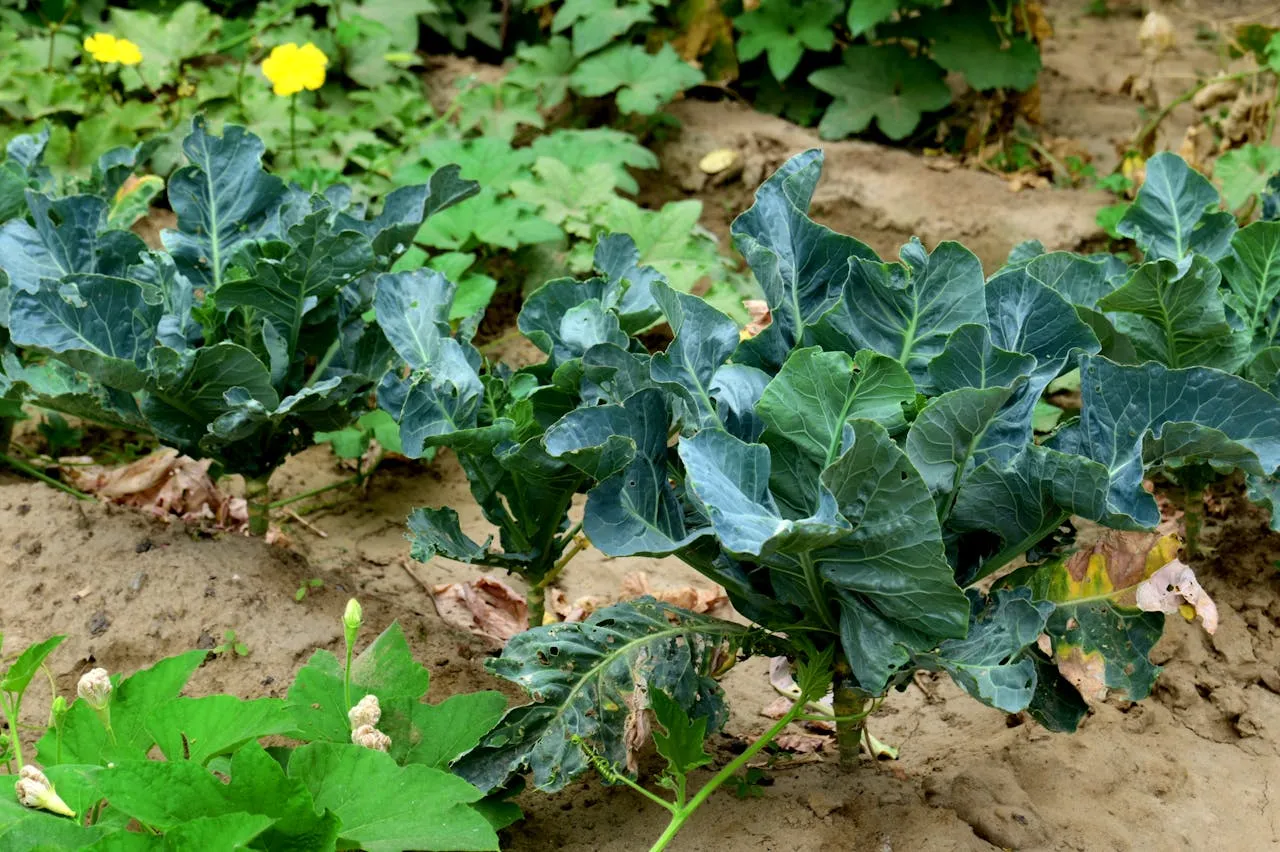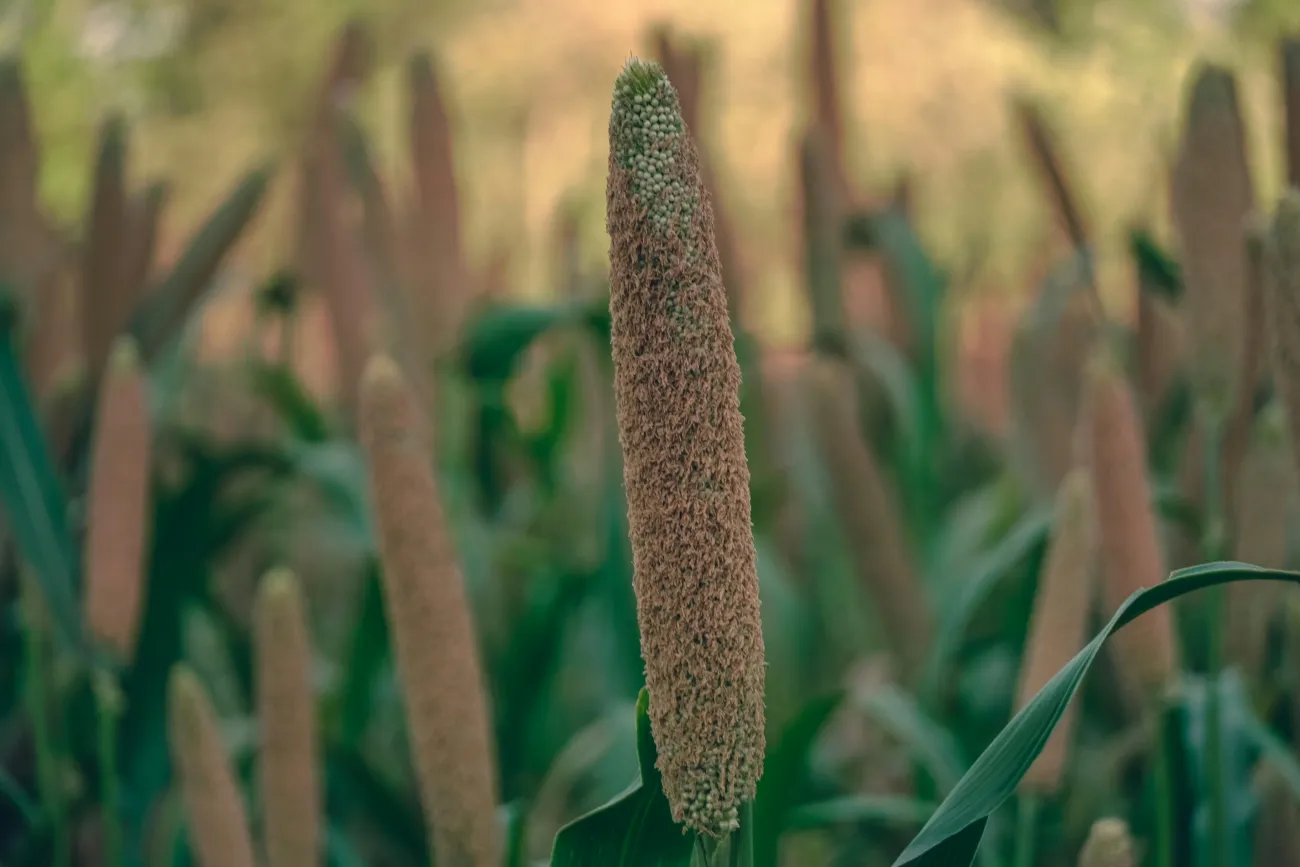
In this article, researchers consider the impacts of climate mitigation efforts on biodiversity and suggest that the negative consequences could in fact be equal to or exceed the direct effects of climate change on biodiversity. Looking specifically at one of the most likely human responses to curb climate change effects in agriculture - land use - the researchers analyse how changes in agricultural farming practices could impact conservation lands.
Abstract
Much of the biodiversity-related climate change impacts research has focused on the direct effects to species and ecosystems. Far less attention has been paid to the potential ecological consequences of human efforts to address the effects of climate change, which may equal or exceed the direct effects of climate change on biodiversity. One of the most significant human responses is likely to be mediated through changes in the agricultural utility of land. As farmers adapt their practices to changing climates, they may increase pressure on some areas that are important to conserve (conservation lands) whereas lessening it on others. We quantified how the agricultural utility of South African conservation lands may be altered by climate change. We assumed that the probability of an area being farmed is linked to the economic benefits of doing so, using land productivity values to represent production benefit and topographic ruggedness as a proxy for costs associated with mechanical workability. We computed current and future values of maize and wheat production in key conservation lands using the DSSAT4.5 model and 36 crop-climate response scenarios. Most conservation lands had, and were predicted to continue to have, low agricultural utility because of their location in rugged terrain. However, several areas were predicted to maintain or gain high agricultural utility and may therefore be at risk of near-term or future conversion to cropland. Conversely, some areas were predicted to decrease in agricultural utility and may therefore prove easier to protect from conversion. Our study provides an approximate but readily transferable method for incorporating potential human responses to climate change into conservation planning.
Citation
L. D. Estes, L. Paroz, B. A. Bradley, J. M.H. Green, D. G. Hole, S. Holness, G. Ziv, M. G. Oppenheimer, D. S. Wilcowe, Using Changes in Agricultural Utility to Quantify Future Climate-Induced Risk to Conservation, 2013, Conservation Biology, doi: 10.1111/cobi.12205
Read the full article here.
Read more in our Research Library on Land use and ecosystems here and specific reports on biodiversity conservation here. See the resources on climate effects and agriculture projections, here and here.




Comments (0)